Cotton ranks as the most produced plant fiber, with jute coming in second. Although not very popular in the West, it is one of the main textile fibers in India and neighboring countries. Jute plants grow more than 5 meters tall, and the fibers obtained from these plants are gathered into one long chain. Therefore, these fibers are among the longest natural textile fibers in the world.
What is jute
Jute stem has very large volume of cellulose which can be obtained within 4-6 months and hence it can also save forest and meet the pulp and timber needs of the world.

The best varieties are Bangla Tosha-Corchorus olitorius (golden) and Bangla White - Corchorus capsularis (whitish), while Mesta or Kenaf (hibiscus cannabinus) is another variety with a fibre similar to jute of average quality.
Raw material and jute goods are interpreted as burlap, industrial hemp and kenaf in some parts of the world.

Where does it grow?
It grows in the same conditions as rice and is best suited for warm areas that have annual monsoon seasons.
What is this material and what is it used for?
Jute is a soft, lustrous fibre made up primarily of cellulose, which comes from plant material. It is spun into strong, coarse threads that are later turned into fabric. Such fabrics can be used for curtains, carpeting, rugs, drapery and as linoleum.
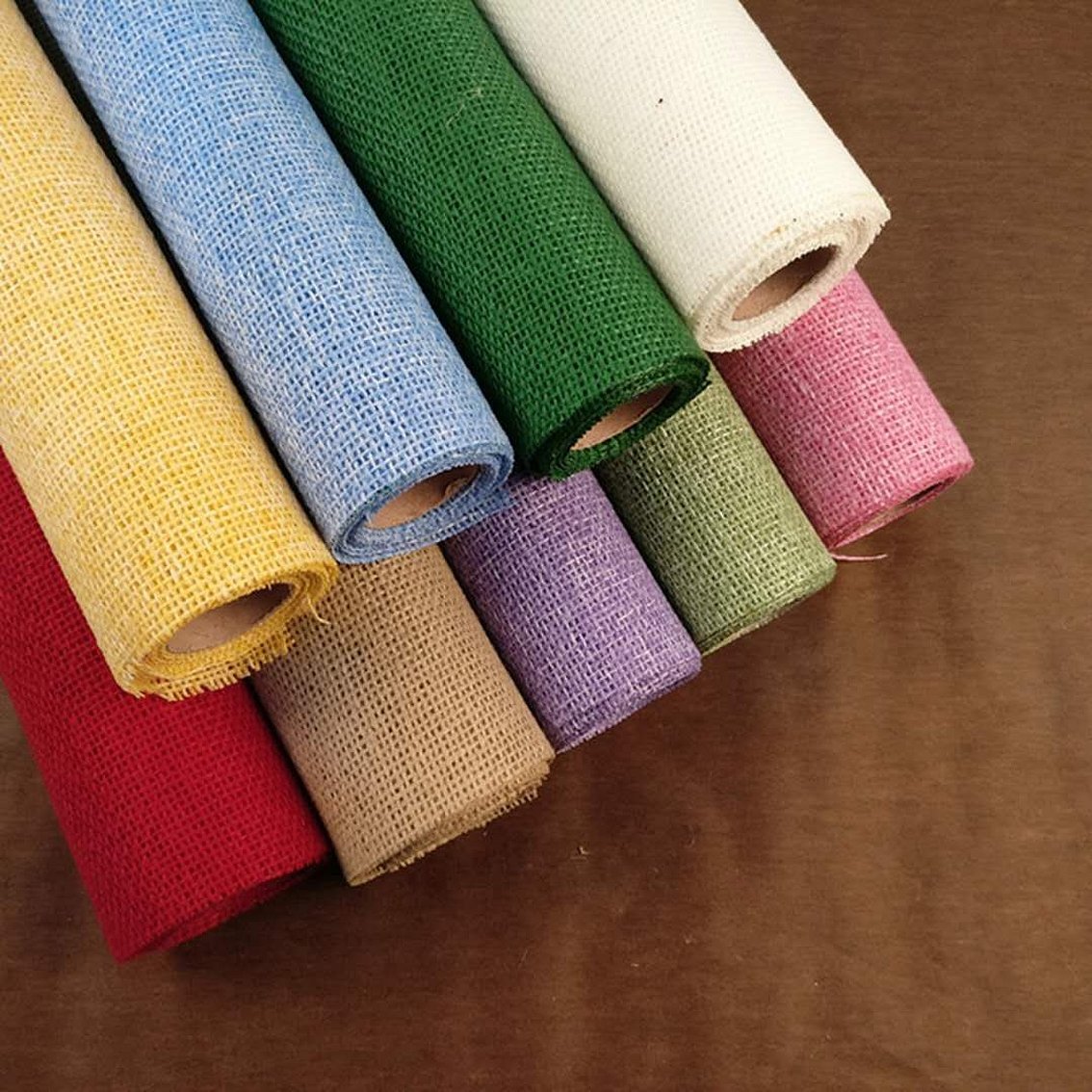
Please note! Flax-jute fabric is 100% biodegradable and recyclable, making it environmentally friendly.
History of origin
It was grown for textile purposes on the Indian subcontinent about 5,000 years ago. The earliest evidence of production of this plant fiber dates back to about 3000 BCE, but it is possible that the Indus Valley Civilization or previous societies also grew jute for fiber purposes before this date.

Even though cotton production was also popular in India, it played a significant role in the development of Indian society for thousands of years prior to the effects of European colonialism. With the advent of British involvement in India, it became a cash crop that helped fuel British colonial efforts.
While jute had also been grown in Scotland for several centuries, production in Bengal and other parts of India quickly overtook Scottish production. Due to the huge profits made by the barons in India, many Scottish producers emigrated to the British colony to take part in the jute boom.
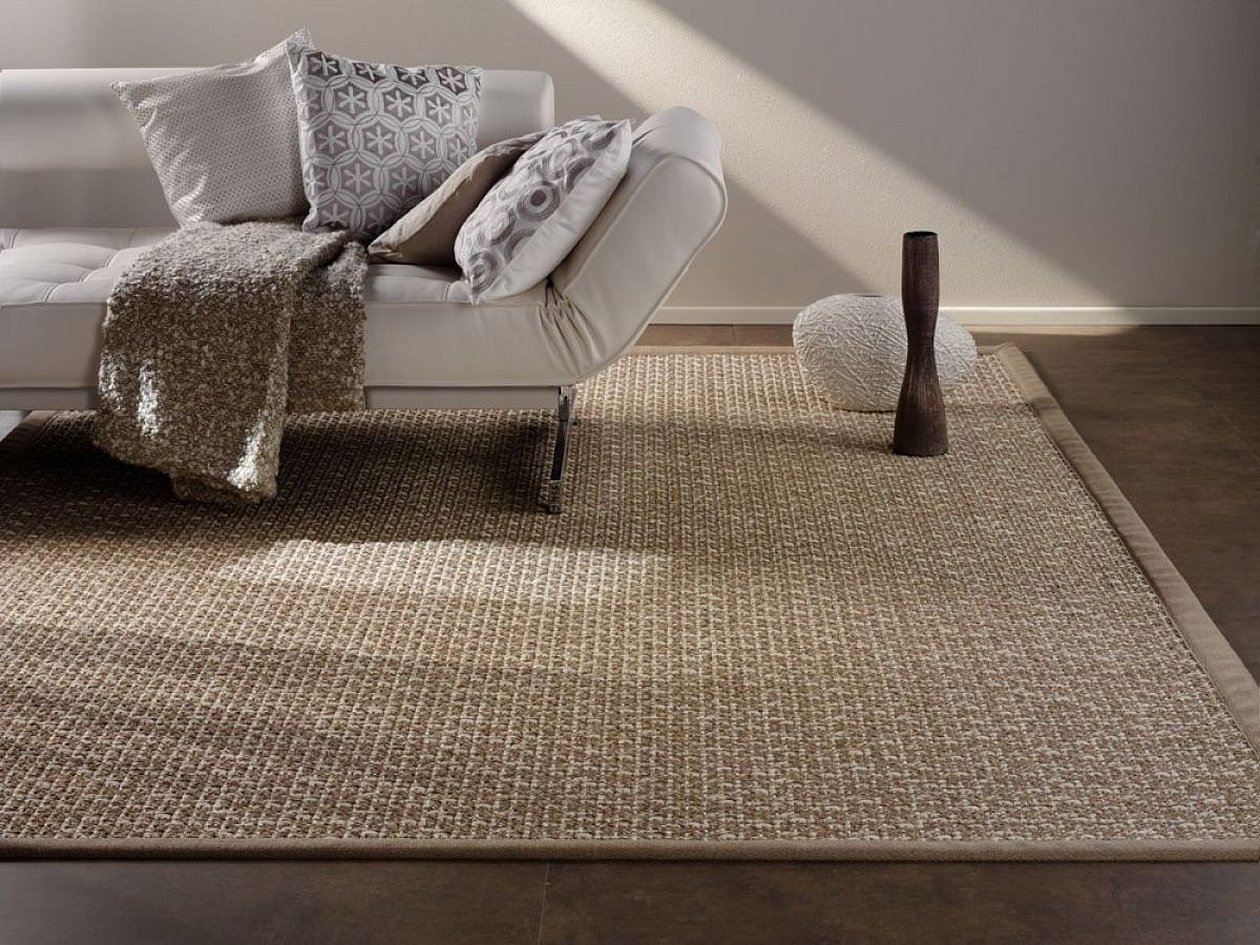
Manufacturing remained a significant part of the British Empire's economy until the late 19th century, and after India's independence it remained the region's main exporter. With the advent of synthetic fibres, however, production slowed in the second half of the 20th century, and it was not until the early 21st century that the production of this plant fibre again became a major economic factor in Bengal, Bangladesh and other parts of the Indian subcontinent.
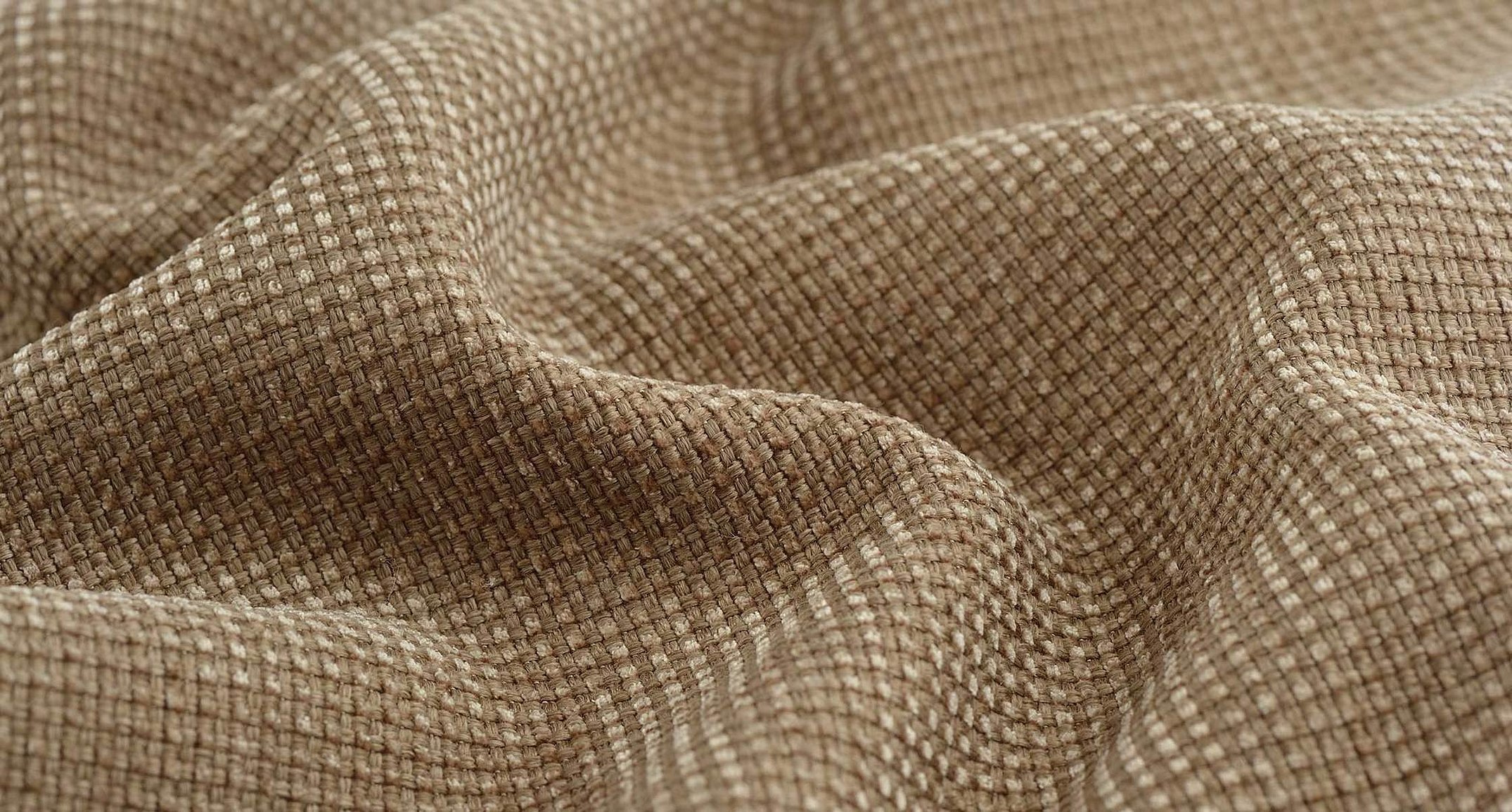
Characteristics and composition
Jute is a relatively coarse fiber, meaning it is not suitable for clothing unless it goes through an extensive manufacturing process. Instead, jute's roughness and durability make it ideal for industrial applications.
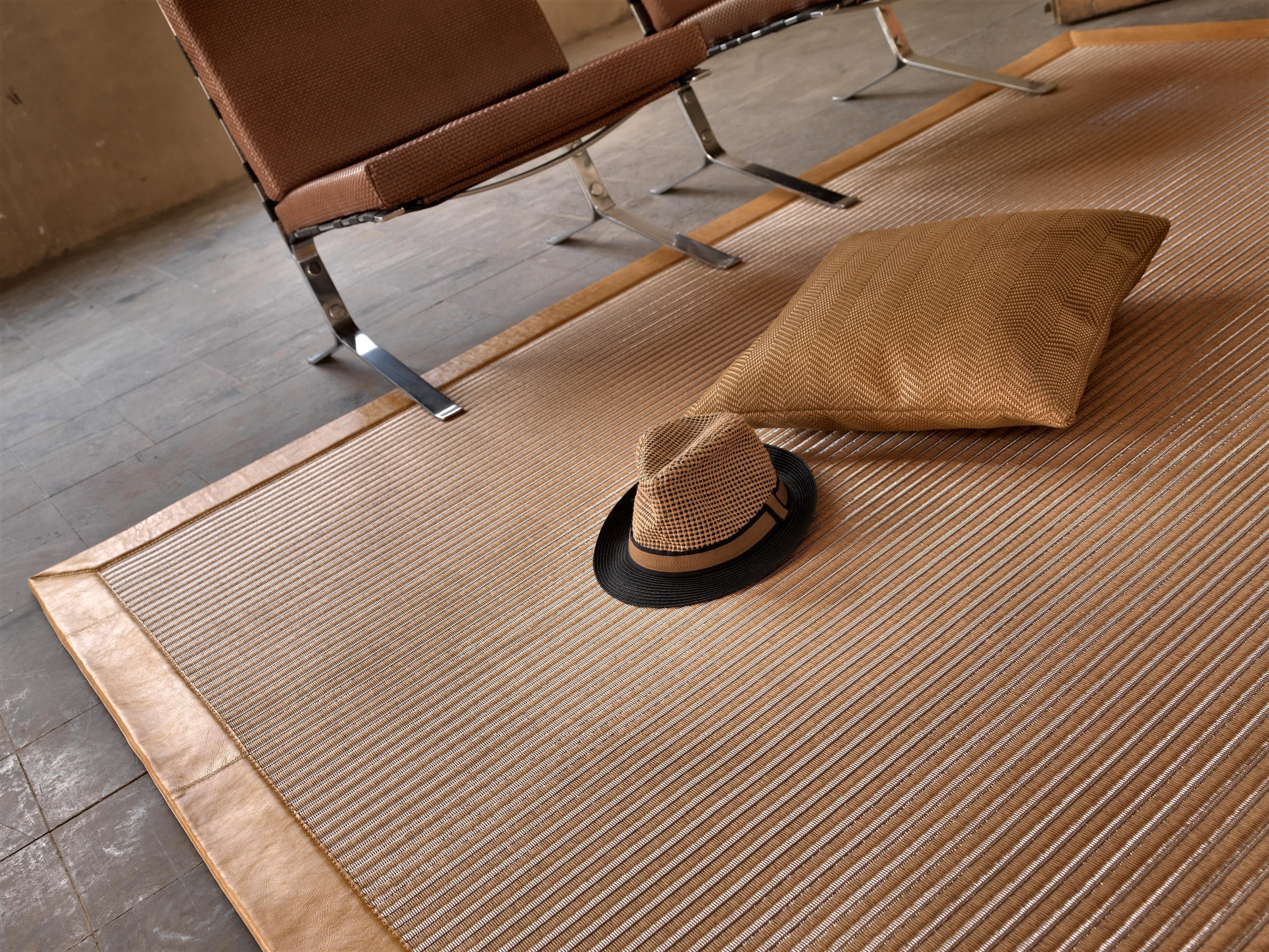
Speaking of its durability, it is worth noting that it is a great floor covering. But what is jute as a carpet base?
The production of the fabric has remained largely unchanged for centuries. In most cases, mature stems are hand-picked and then defoliated. Jute fibres can be obtained from either the inner stem or the outer skin of the stem.
The process is called Ratting and is used to remove non-fibrous material from the stem and stem skin. Ratting softens the stems and allows the fibrous material to be separated from the unusable material by hand.
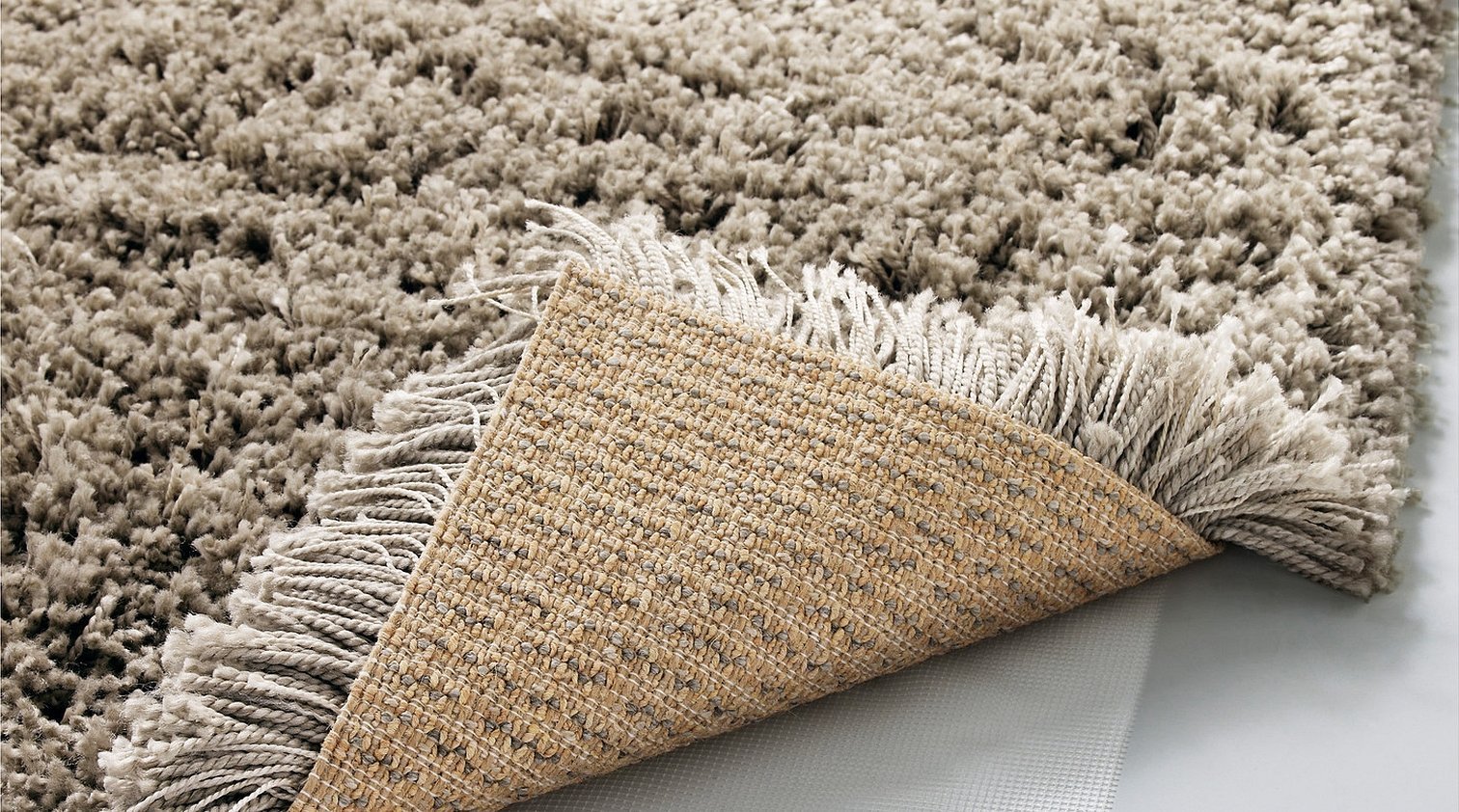
Once the jute stem has been collected, the long, silky fibres can be separated and combed into long strings. These fibres can then be spun into yarn. It makes excellent carpeting, insulation, bags, etc.
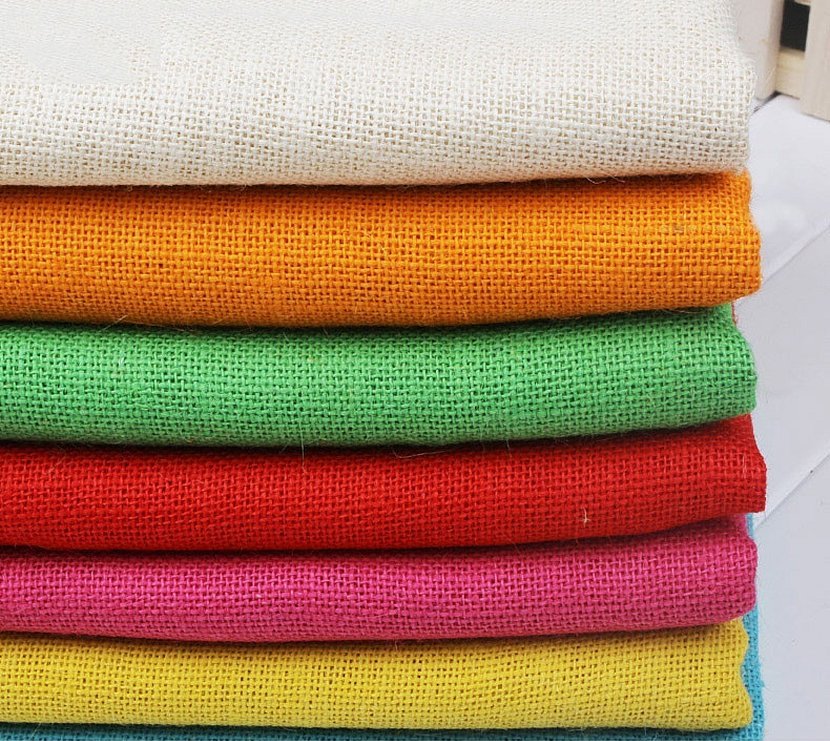
Scope of application
Due to its coarse structure, jute is not generally used for clothing production.
Jute insulation in construction
The fiber has the property of good thermal insulation. Various construction of textile materials based on it further increased the productivity and insulation properties. Using the mixing of various fibrous materials (polypropylene, acrylic, wool, jute, cotton, wool, ramie, pineapple leaf fiber, etc.), various types of parallel laid and random laid needle-punched and adhesive nonwovens were prepared.
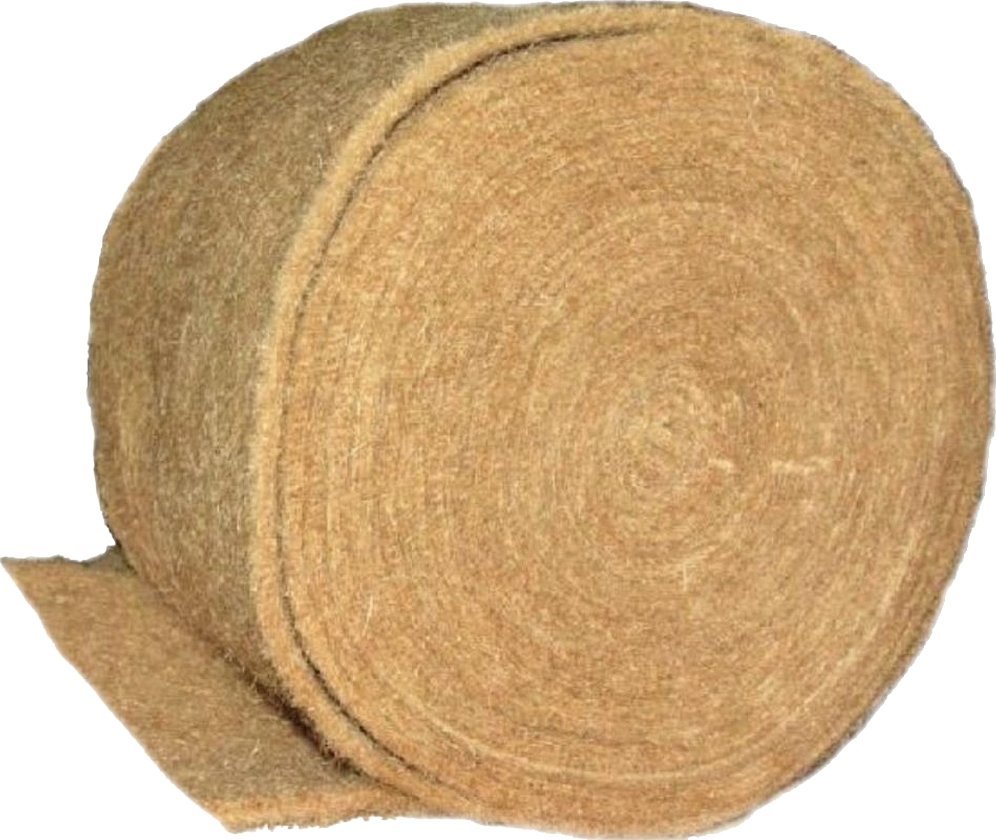
Application in industry and trade
The material is synonymous with burlap, which has been used as an industrial material in the world for centuries. Burlap sacks were long used to transport vegetables, fruits, and other goods, and burlap was also used as an insulating material.
Jute also continues to be used in agriculture. Jute cloth is usually returned to its original position as a protective measure against erosion in jute and rice fields. This cloth is also used to make protective wraps around the roots of saplings when these young trees are transplanted. Since it is easily biodegradable, saplings can push their roots right through the jute cloth bags without encountering any significant resistance. This is its main advantage.
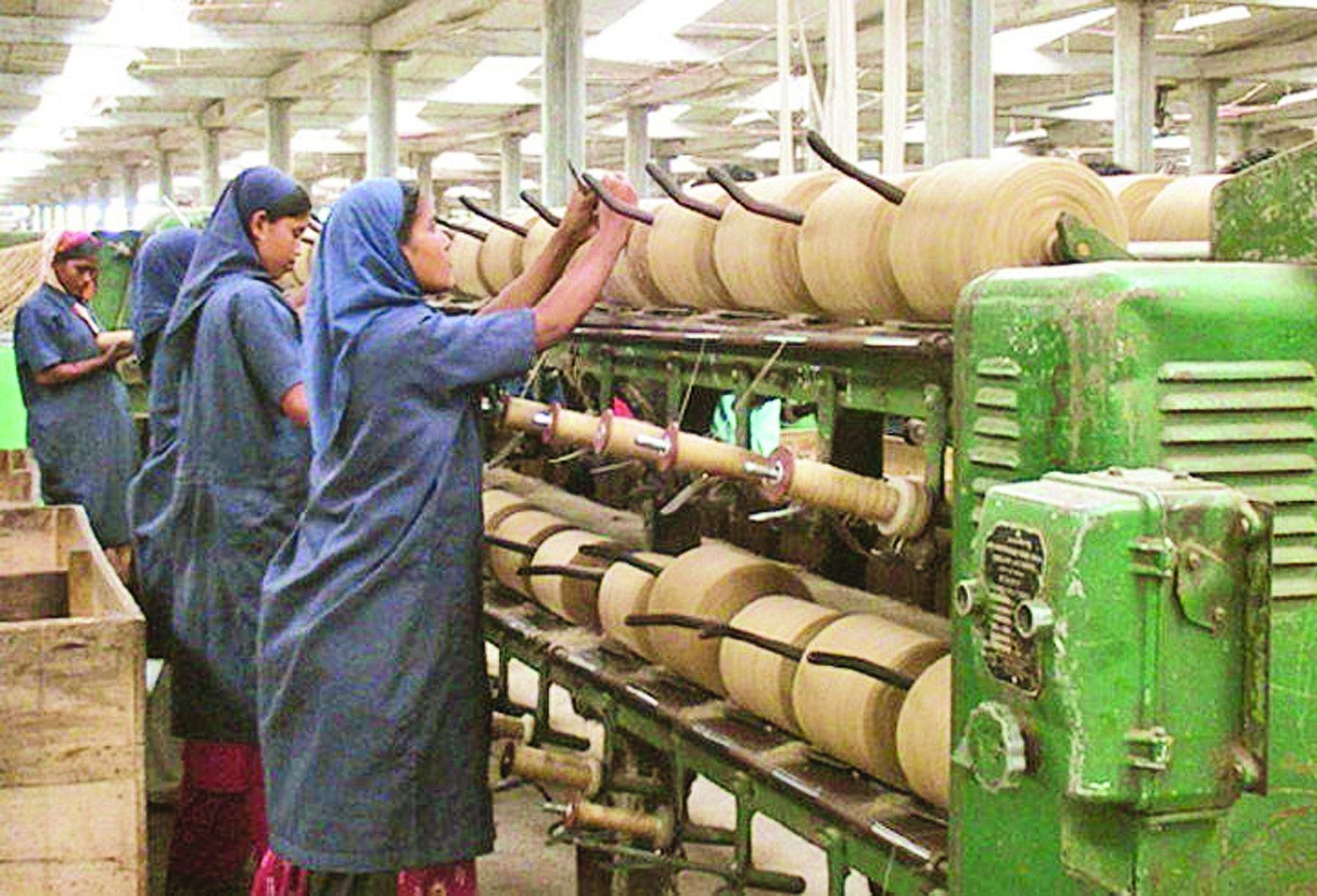
The core fibers made from jute are used in a variety of flooring applications. The fiber core of linoleum tiles is usually made from jute, and this fiber can also be used to make carpets, rugs, or other types of fiber flooring.
Jute is popular as a home textile. For example, this fabric is popular for upholstery (especially for outdoor furniture), and it is also used to make curtains and canvas.
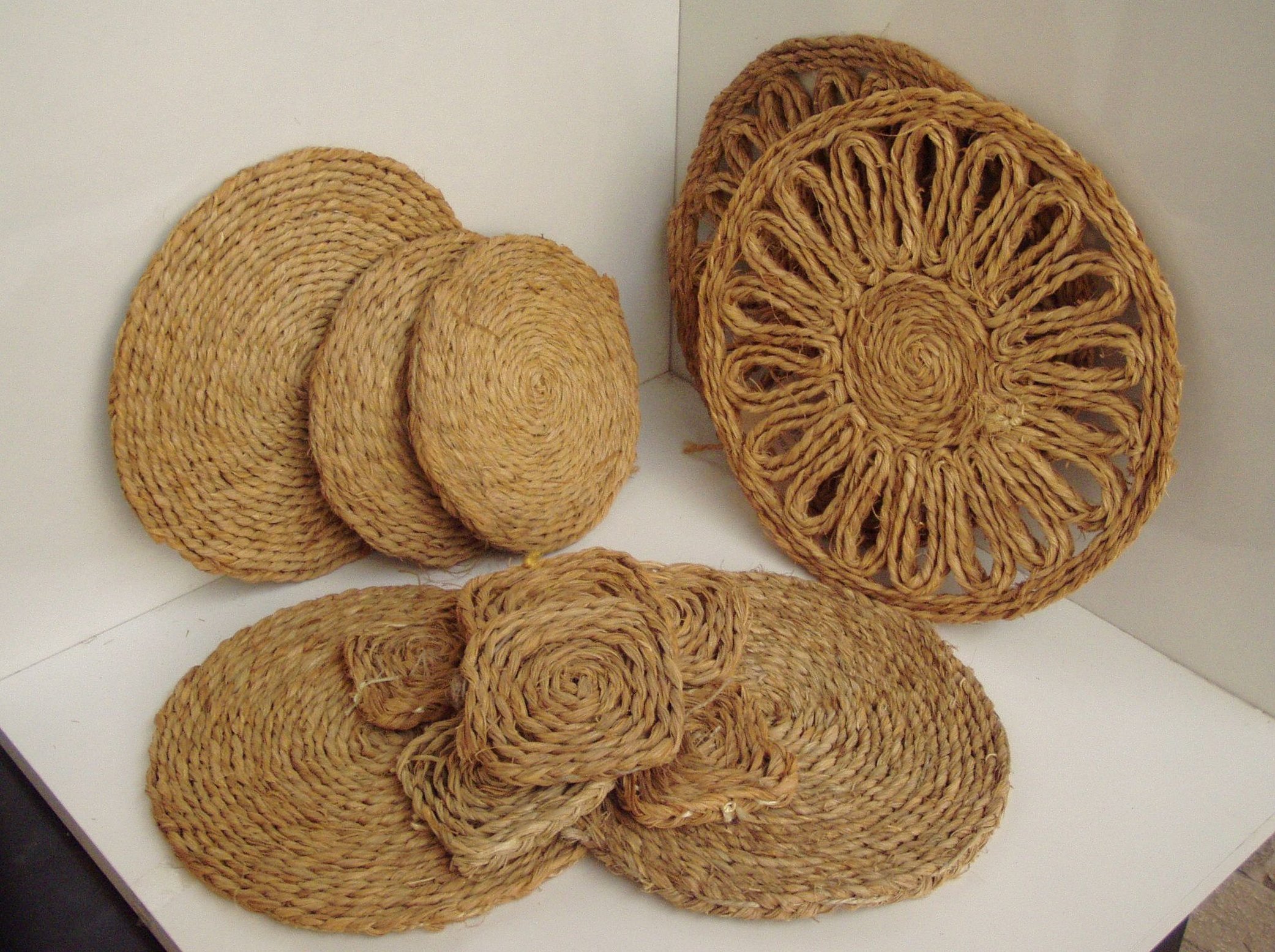
Some care recommendations
The disadvantage of the material is that it is flammable. It is important not to expose linen jute products to high temperatures. It is especially important not to allow strong bending, vibrations, or to expose them to moisture, which negatively affects the fiber.
Also, do not use chemicals, so as not to make the fiber too soft. Cleaning should be dry.

It is important to remember that jute fiber is highly flammable, so the material should not be used near an open flame or high heat.
Pros and cons
Jute fibres are between one and five millimetres long. Compared to other bast fibres, the proportion of lignin (wood substance) is quite high at 30%. This contributes to the fibre's fraying and low strength. But these qualities are beneficial to the environment, because jute is 100% biodegradable and can be easily recycled.
To sum it up, it is worth noting that there are some interesting facts about jute:
- Jute is golden, has a silky sheen and can be dyed any color.
- The material has high tensile strength with low elasticity.
- Flax-jute fibers also have a golden, silky sheen.
- Jute is the cheapest plant fibre, obtained from the bast or skin of the plant stem.
- It is the second most important plant fiber after cotton in terms of use, global consumption, production and availability.
- It has high tensile strength, low elongation.
- It helps to make yarn, fabric, net, and bags of the best quality industrially. It is one of the most versatile natural fibers that has been used as raw material for packaging, textile, non-textile, construction, and agricultural sectors.
- Jute fabric is one of the most versatile natural fibers that has been used as raw material for textile, non-textile, and agricultural industries. The fiber can also be used to make jute paper and packaging fabric.
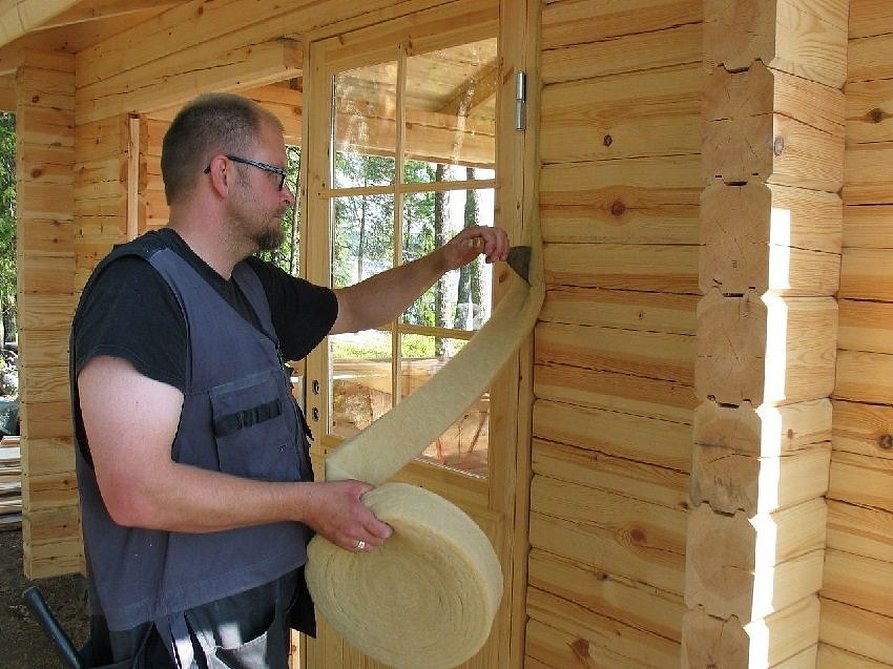
Reviews
Ivan, 43: “I am an experienced builder, to be honest, I have worked with different materials and know almost everything about them. What can I say about jute - it is safe, from the point of view of preserving nature. It is easy to work with. It is great for processing seams, it is resistant to moisture. I especially often use it for seams in baths and saunas. However, now you should be careful when choosing a material, as there is artificial jute. When buying jute from a manufacturer, you should inquire where it was produced, what the address is and how it arrived in the country.”
Andrey, 62 years old: “Insulation made of flax-jute is perfect for home improvement. It is rigid, therefore durable. It is available in rolls and tape. When buying, it is worth specifying how many meters of jute are in a roll. I really like it, as it is convenient to cut it. But you need to remember that the material is very flammable, its independent combustion reaches 5 minutes, so I always warn homeowners who I insulate about such an environmentally friendly and dangerous raw material. By the way, it belongs to the highly flammable class - G4. If this fact can be attributed to the minuses, then its advantages include the fact that it is durable. The high cost is justified by years of use and those sheets in the house.”
This material has heat-insulating and sound-insulating properties. The material has good thickness, is breathable, hypoallergenic and antistatic. It also has moderate water absorption capacity. It is very sensitive to heat, steam and acid solutions.




